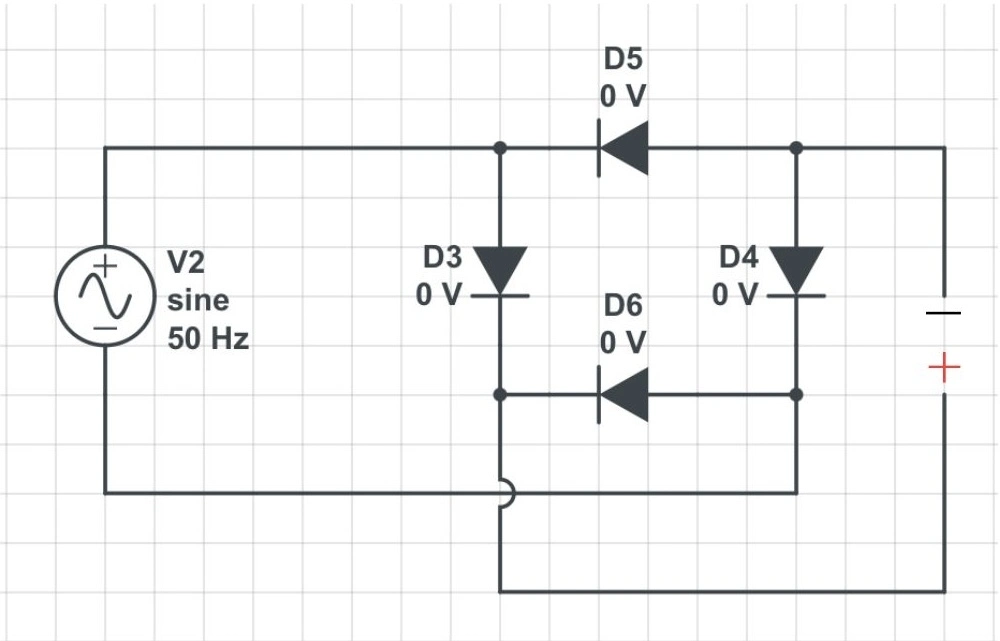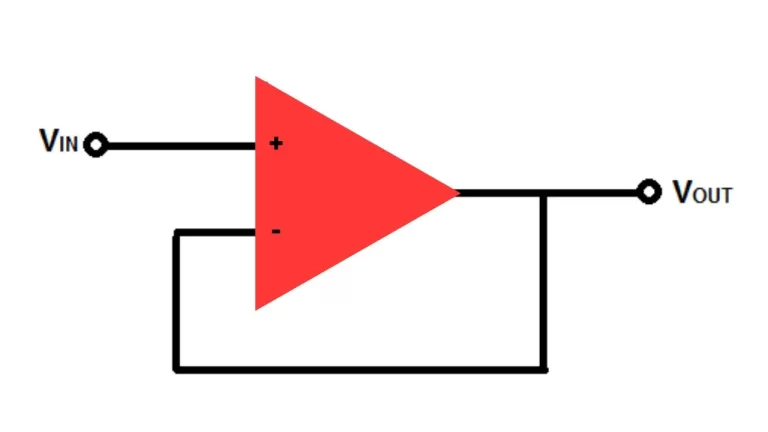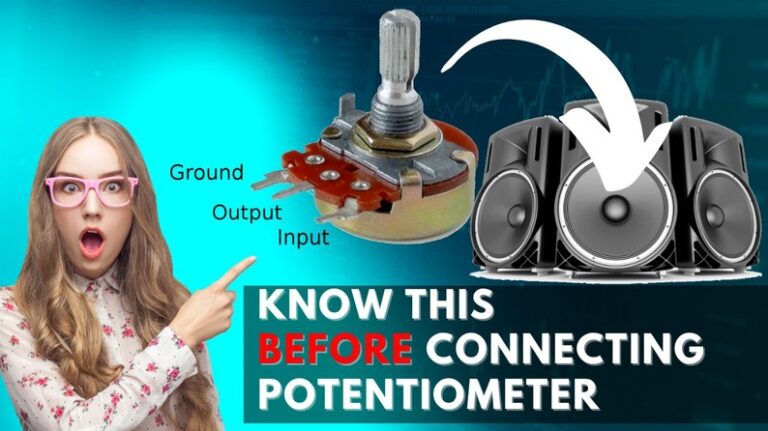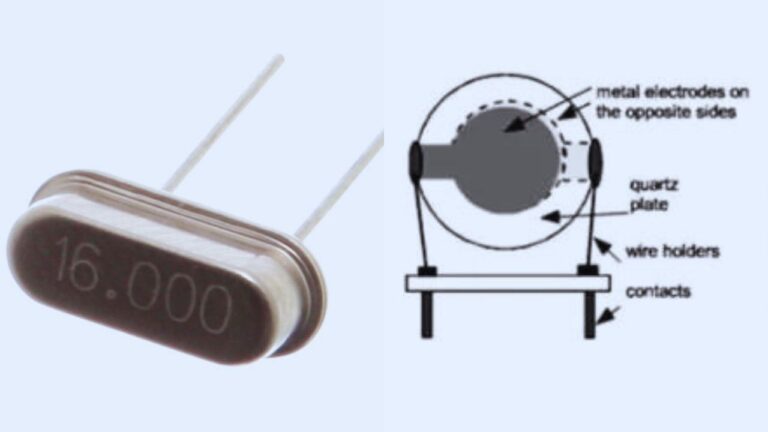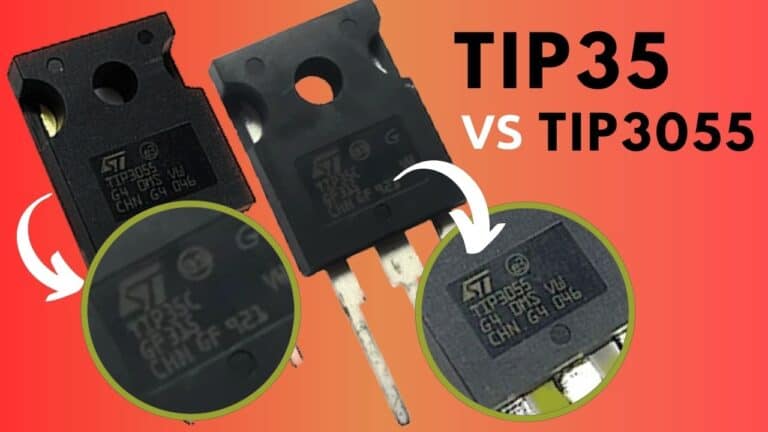The Diode Bridge Rectifier is a common type of diode configuration used in most of the electronic circuits. The main function of a diode is to convert the alternating current (AC) into a direct current (DC). The Bridge of a diode is about using four diodes to rectify the AC voltage.
Introduction
The AC pulse is in wave form so it produces a positive peak and negative dip. The speed of the wave formation is 50Hz, so we are called the AC 230v of 50Hz or 60Hz in other countries. The rectifier does the job of either rectifying the positive peak side or negative side of the wave producing in the AC voltage.
The diodes have two terminals Anode and Cathode, in forward biasing the voltage passes through the diode and in reverse bias the diode will block the charge( This condition is only applicable for input DC voltage).
Here we are providing the AC voltage to the diode P junction, which means the diode rectifies the voltage and it will pass the positive voltage only at the other end. The same will happen if you connect the AC voltage to the negative side of the diode but the output will be negative voltage.
So from the above paragraphs you will get the idea of rectification. But there is one problem: if you are using a single diode that means the diode can rectify any one side of the AC wave at a time, what happens to the other side? The other side gets lost so to avoid this problem we are using bridge diodes, two diodes with opposite polarity connecting to the AC supply.
Diode Bridge Rectifier Circuit

Working
A diode bridge rectifier does an important job, it turns the wavy electricity that comes from our outlets into the steady power our gadgets need to work. It uses four little electric valves called diodes arranged in a particular pattern to do this task.
When you plug something in, the electricity coming from the wall outlet is like a wave, it goes up and down. The diode bridge rectifier helps to make this up-and-down electricity flow in one direction so our devices can use it properly.
It works like a switchboard. When the electricity goes up (the positive part), two diodes let it pass through, and when it goes down (the negative part), the other two diodes take over and let it go through in the opposite direction. This clever back-and-forth action makes sure the electricity only goes in one direction, like a steady flow, which our devices love.
Sometimes, even after this process, there might still be a little wobble in the electricity. It’s like a small ripple in the pond. But there are ways, like using something called capacitors, to smoothen this out and give a nice and stable power supply for our gadgets.
Overall, this gadget, the diode bridge rectifier, is a silent hero, making sure our devices get the type of power they need to work properly.
Advantage
1. It’s a Full Power Player
Unlike some other systems that only use half of the electrical waves, this guy makes use of the entire shebang. It takes both the “up” and “down” parts of the electrical wave and turns them into a steady flow. That’s good news because it means the output of power is much smoother.
2. Efficiency Booster
It’s like the energy-saving superhero of the electrical world. By using four diodes in its bridge setup, it doesn’t waste power and gets the job done more efficiently. It handles both positive and negative parts of the electrical wave, making the output way more consistent.
3. Less “Wobble” in the Power
You know when your phone charger sometimes gives off a slightly shaky power? This guy reduces that. By handling both sides of the electrical wave, it makes the power more stable and less jumpy.
4. Power Pumped Up
It’s like a little booster for the electrical signal. By handling both halves of the incoming power, it gives a higher average output voltage, which can be pretty handy for some devices.
5. Goes Everywhere
This cool gadget is not picky about where it works. You can find it almost everywhere. power supplies, battery chargers, you name it! It’s the Swiss Army knife of power circuits.
6. Simple and Affordable
The design is straightforward and won’t break the bank. Just a few regular diodes and a simple bridge setup do the trick. It’s practical and doesn’t cost an arm and a leg.
7. Smoother Power with a Little Help
Teamed up with other gadgets like capacitors, it can make the power output even cleaner. This combo helps in smoothing out any leftover electrical ripples, giving a nice, clean power output.

